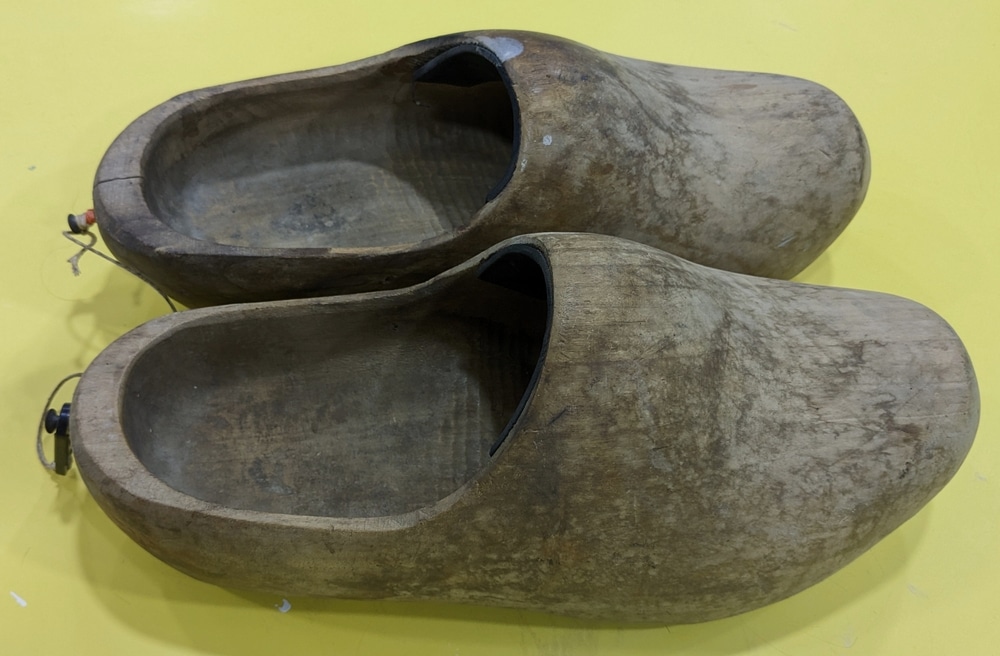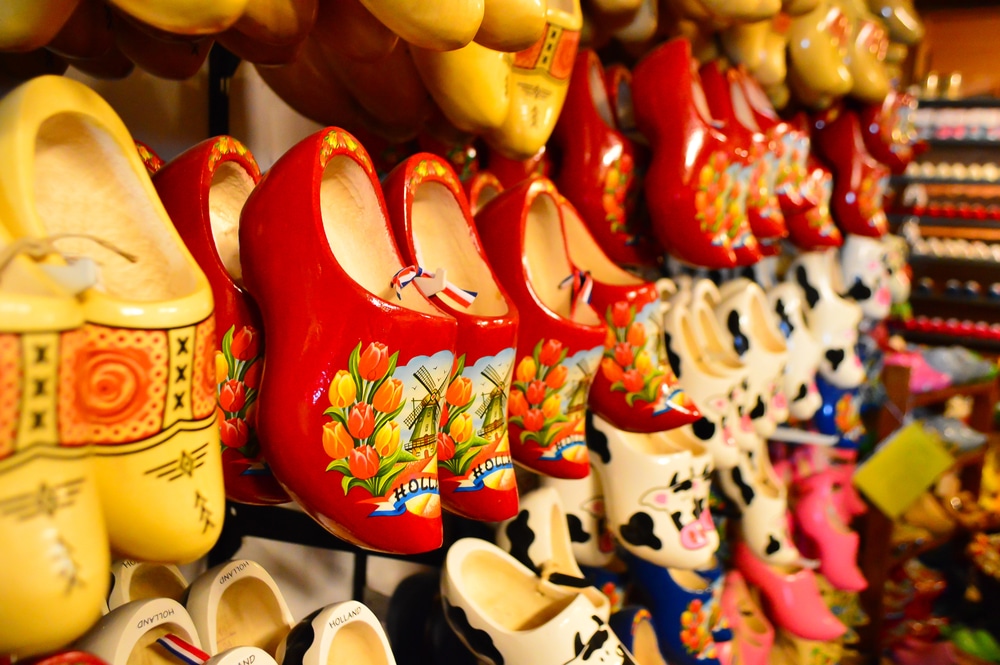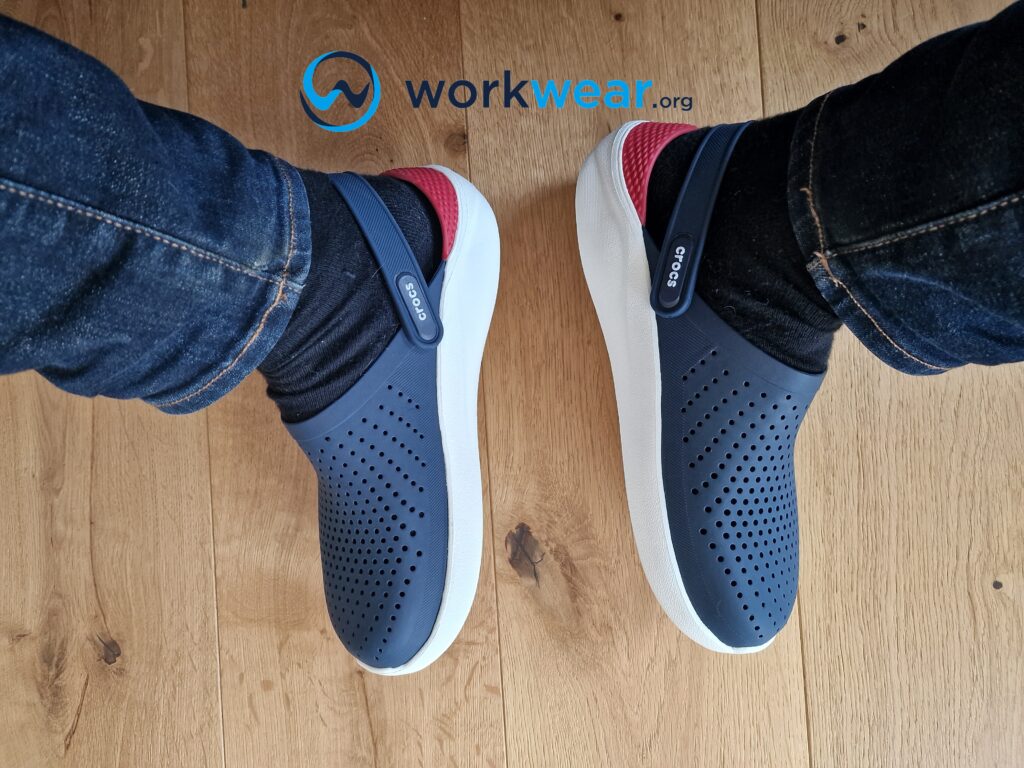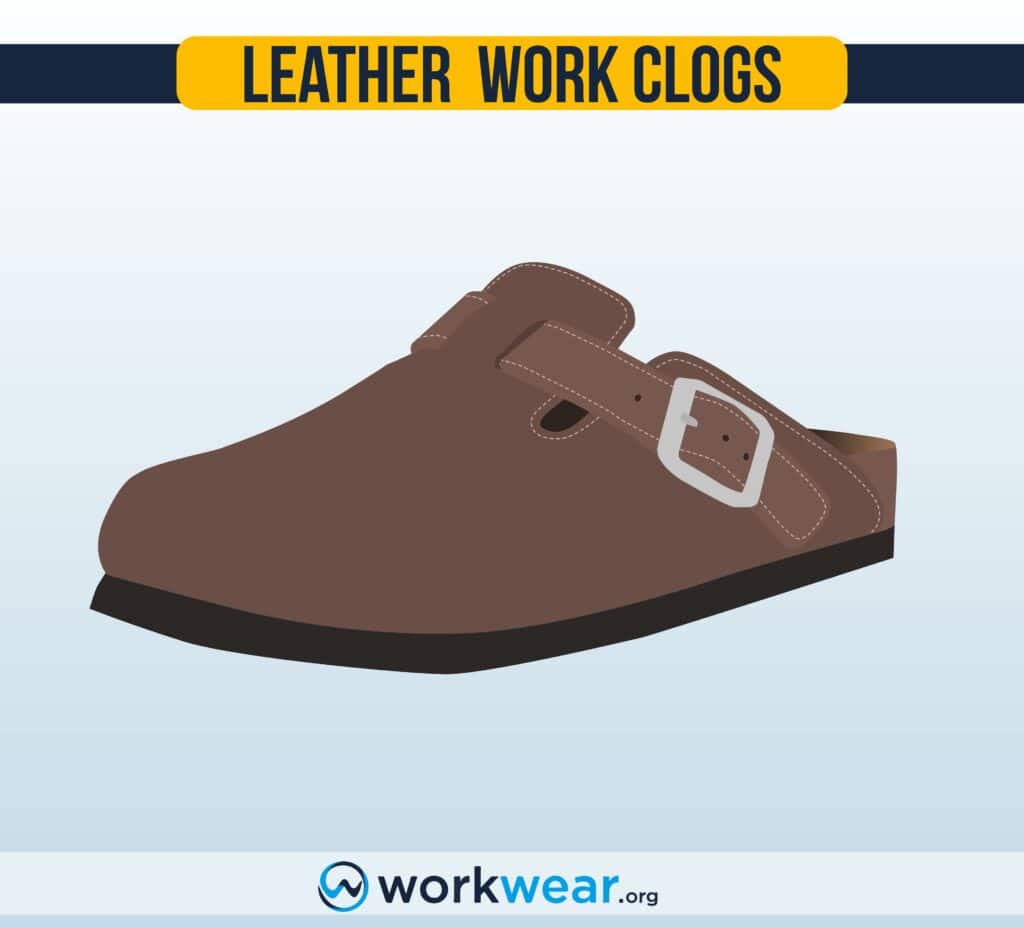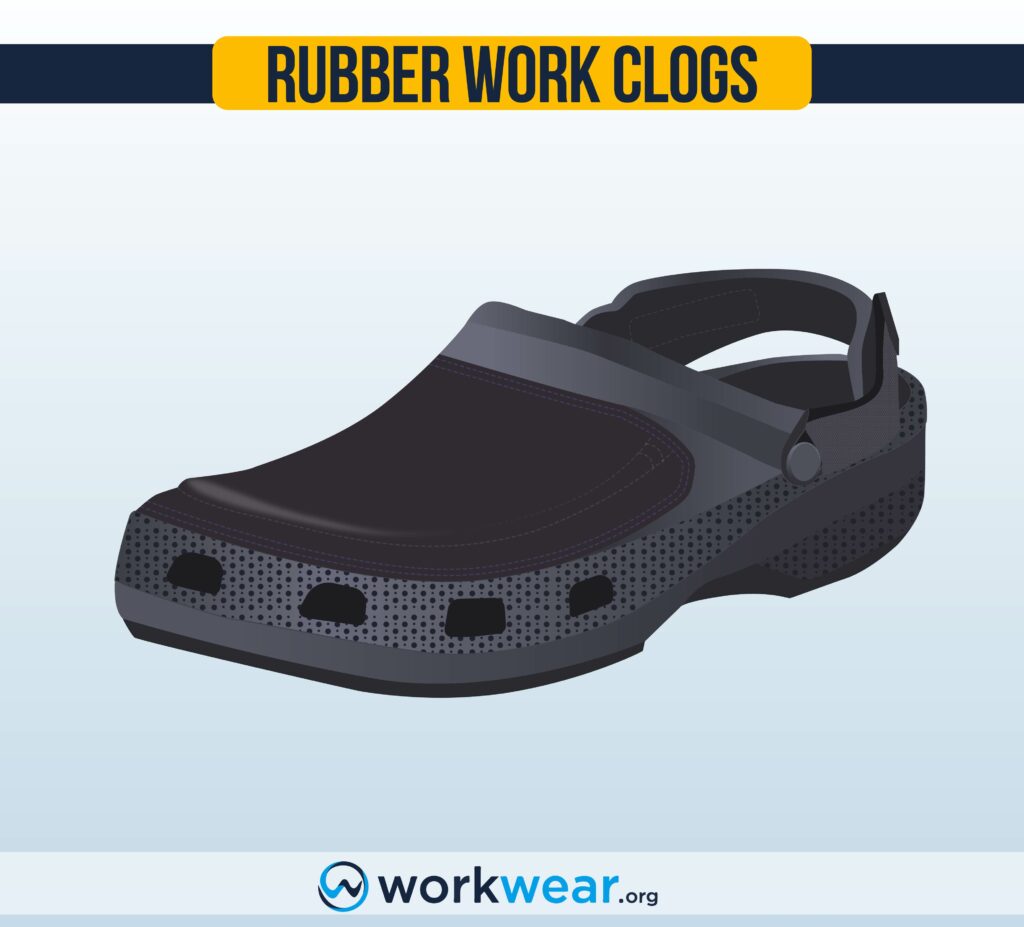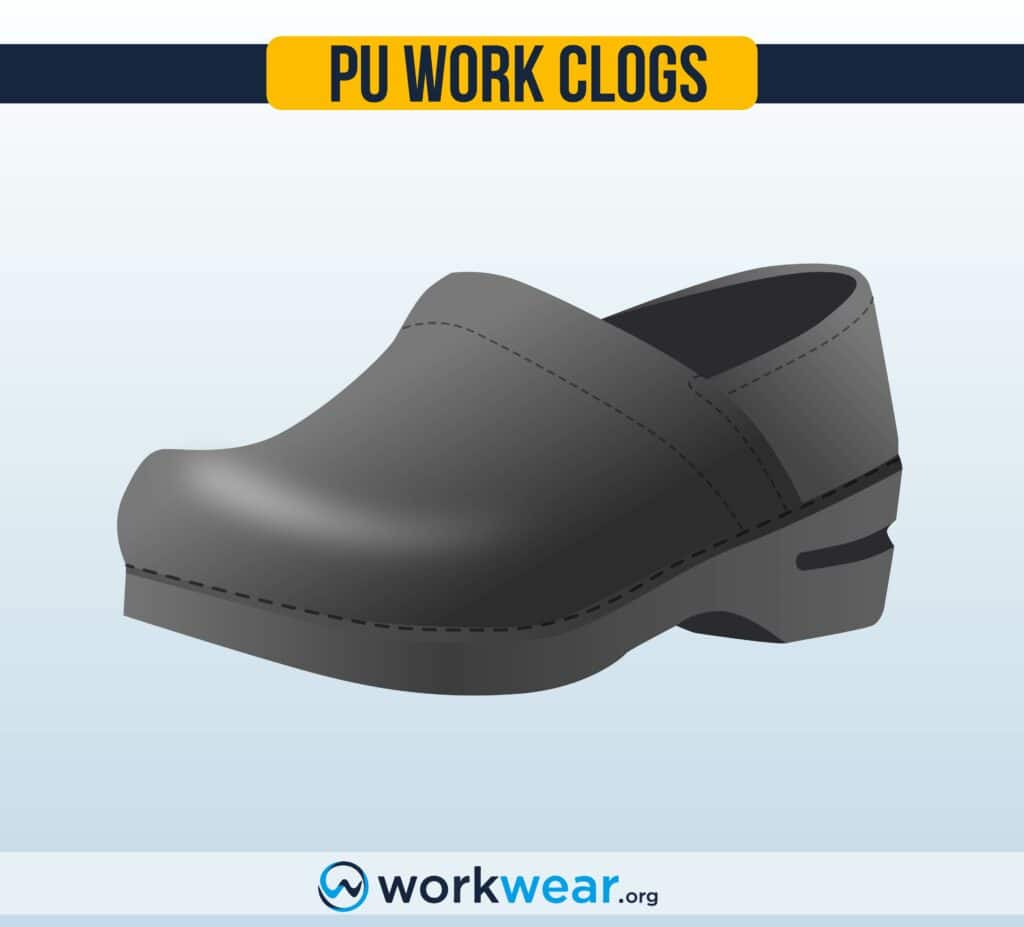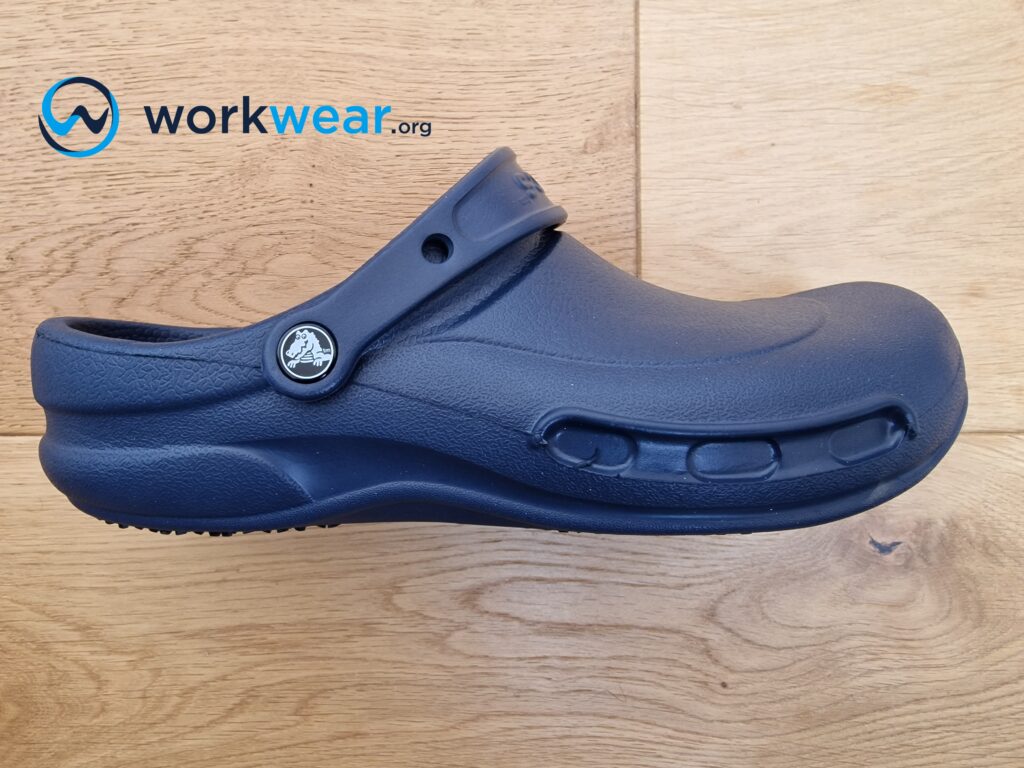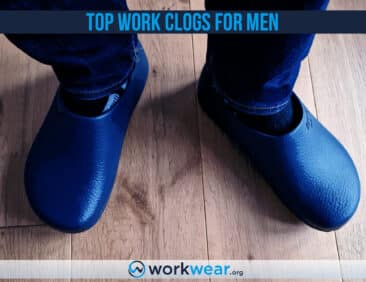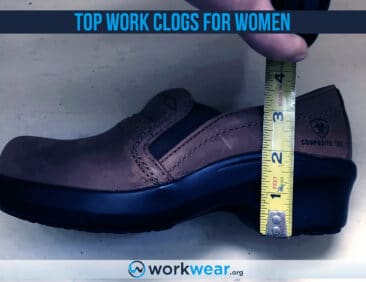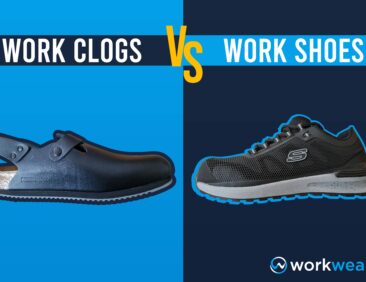The Story and Evolution of Clogs
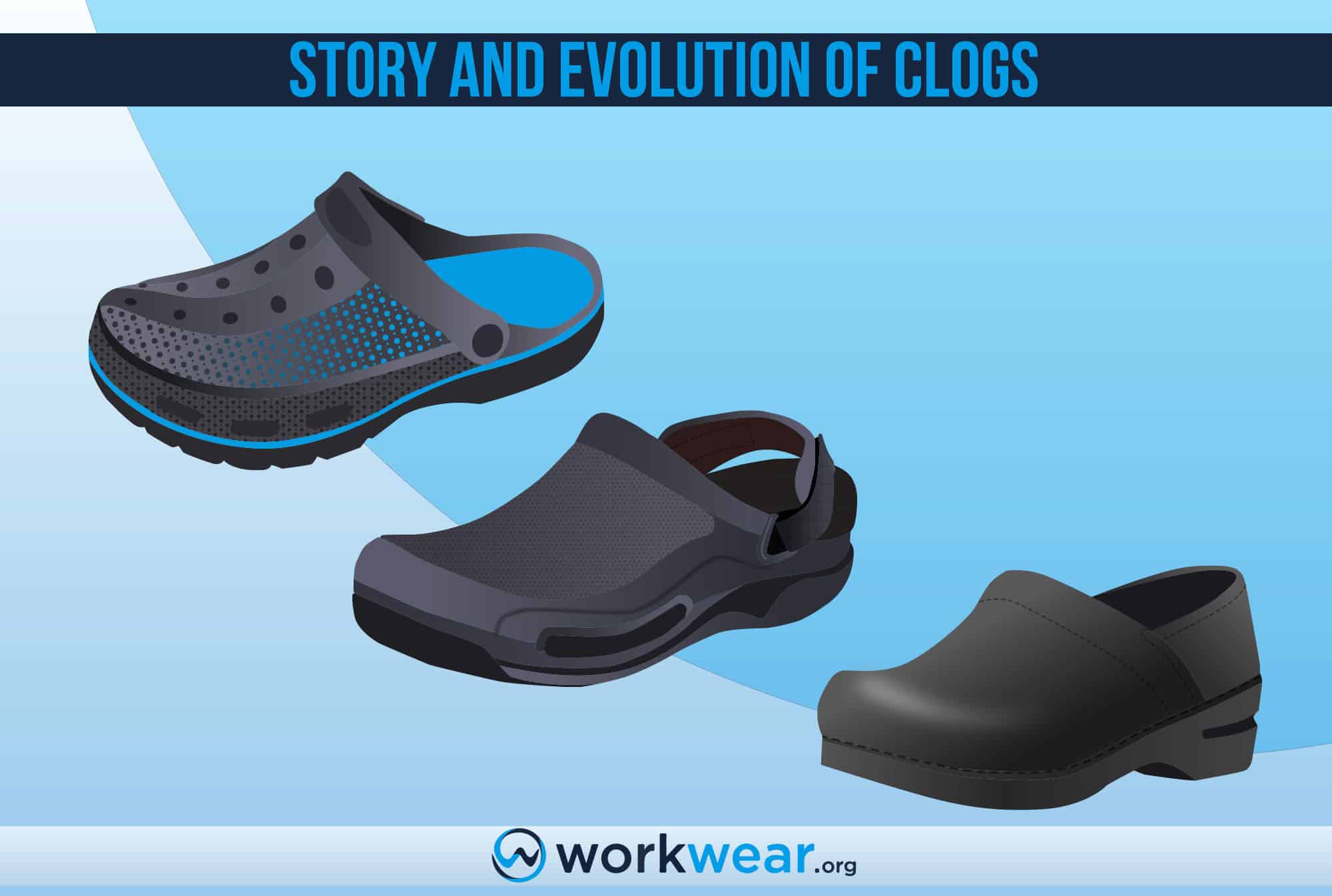
Work clogs are the go-to option for many working in professional kitchens and the healthcare sector. They come in a wide variety of materials and styles, ranging from streamlined ones to those that have more striking colors and shapes.
You may be surprised that the origins of your favorite clogs go as far back as a few centuries ago when hardworking people first used them in the most useful ways.
In this article, we’ll discover the rich history of modern work clogs – their evolution through the centuries to the high-performance footwear work professional use that they are today.
The First Known Clogs
The earliest documented use of clogs dates back to the early part of the 1300s in the Netherlands (or Holland), where people continue to wear traditional wooden clogs up to this day.
The wooden shoes – or “klompen” in Dutch – were first used during medieval times and eventually made their way to Scandinavian countries as well as to Germany and France.
The working class first maximized the wooden clogs due to their practical construction.
The clogs’ designs offered ample foot coverage, making it easier for peasants in that period to continue working in harsh outdoor conditions – such as on the fields – while keeping their feet protected against the elements.
Wooden clogs offered extended protection not only against harsh elements but also against sharp objects in the environment. This is why clogs were used mainly by farmers, miners, fishermen, manual laborers, and artisans whose work areas often had sharp items.
Made with sturdy wood, the clogs were more affordable than leather footwear and more suited to demanding work environments.
Members of the European nobility were not keen on wearing the wooden clogs as they were closely associated with the working class and considered too utilitarian – without many fashionable qualities.
During the Industrial Revolution (around the middle of the 1700s), more workers turned to cheap yet reliable clogs as staple footwear. Wooden clogs make a distinct sound when they’re used to walk on hard surfaces, and this sound was believed to have inspired the beginning of clog dancing.
It is said that factory workers used to tap their wooden clogs on the hard floors, creating catchy rhythms with the clicking sounds – which may also be the precursor to modern tap dancing.
Evolving Work Clog Designs
The term “clog” originated from “calceus” – which refers to the early type of shoes used during the Roman Empire period. These shoes were characterized by leather straps that went on top of the foot and wooden soles. This shoe style created the need for a more enclosed shoe that could offer sufficient foot coverage, keeping the feet safe against the unforgiving climate in Northern Europe.
The first clogs, like beech, balsa, and sycamore, were made with wood that didn’t easily split or break apart.
The clog makers would wet the wood blocks before using an axe to fashion them into shapes resembling shoes, with the insides hollowed out to accommodate the feet.
Painting is then done by hand whenever applicable, with the clogs reflecting the designs as dictated by the job’s requirements.
For example – fishermen’s clogs feature pointed toes for detangling fishing wires, while farmers’ clogs come with broad tops for improved walking stability in mud.
The clogs can cover the entire upper part of the feet until the ankle area or may extend just a bit farther from the toe section to the metatarsal part.
During the 1970s and 80s, Swedish clogs became stylish footwear choices that both men and women enjoyed. These clogs used the traditional style and incorporated more modern components, including cloth and leather parts.
With more designs made available, clogs became eye-catching fashion accessories that fashion-forward individuals wore.
They further evolved to include platformed heels made with cork and rubber soles – which, in turn, inspired the casual and work clogs that we know and love today.
Modern Work Clogs
Work clogs have come a long way from their bulky predecessors. What started as large, unwieldy wooden blocks are now some of the lightest footwear options available for work and leisure.
Work clogs are now designed for supreme comfort, with their weight kept to a minimum so as not to interfere with ease of motion.
High-quality work clogs are known for their comfortable designs, making them ideal for all-day standing or walking jobs – such as those in the food service, kitchen, and medical professions.
They’re made with different materials to meet different comfort and functional requirements – including shock absorption and slip resistance – in professional settings.
Materials Used in Work Clogs
Leather
Leather is not only used in work boots and shoes, but it’s also showcased in premium-quality work clogs.
Work clogs made with leather, such as the Birkenstock Tokio Super Grip Clog, look more streamlined than clogs made with other materials.
The sleek look gives these clogs a more professional silhouette that looks great with uniforms and pairs well with jeans for off-the-clock activities.
Leather is durable and eventually follows the foot’s unique shape, so the work clogs will feel almost custom-made after being used for long periods.
However, leather can be more expensive than other materials and may need to be broken in before it softens for comfortable use.
Rubber
Rubber is a popular material for work clogs that are naturally flexible and convenient to care for.
The material easily adapts to the foot’s movements, so stiff sections don’t restrict walking.
Rubber work clogs can quickly be cleaned with water, so dirt won’t have a chance to build up throughout the structures.
They’re built to last long, offering reliably strong designs that can withstand heavy use in demanding work conditions.
They also resist water penetration to dry the feet in wet surroundings, especially with perforated styles.
It’s worth noting that the designs without ventilation holes are more prone to overheating and can look very bulky.
PU
Polyurethane has distinctive merits that make it a great material for work clogs. First, its remarkable strength stands up to tough environments without easily falling apart, so its use can be maximized for a long time.
PU work clogs repel water and dry the feet when liquid spills occur.
Their soles are typically oil- and grease-resistant, so they’re suitable for use in professional kitchens where the floors are typically greasy or oily during normal operating hours.
The grippy soles can considerably reduce the risks of slipping on tricky surfaces. PU work clogs, such as the Birkenstock Profi Birki Clog, can conveniently be washed with water after the work is done for the day.
They can be quite expensive, though, so they may not be the best options for those looking for affordable work clogs.
Proprietary Materials
Work clogs are also constructed with materials that are exclusive to certain brands. These manufacturers developed their materials showcasing specific qualities that enhance performance and comfort while on the job.
Most Crocs clogs, like the Bistro Clog, are made with the lightweight, shock-absorbent proprietary material, Croslite.
The brand also uses another signature material called LiteRide in products such as the Bistro Pro LiteRide Clog, which has a lightweight, comfortably soft insole.
Birkenstock is another brand known for its premium-quality work clogs. It uses exclusive cork latex to make products such as the Boston Clog supportive and comfortable enough for extended shifts.
It’s worth mentioning that these proprietary materials can increase the products’ price points.
Conclusion
Work clogs had come a long way from humble beginnings when they were still fashioned from wooden blocks. While they have retained their no-nonsense profiles offering reliable functionality, they have also evolved remarkably well into some of the most comfortable footwear choices. Modern, high-quality work clogs are built to keep the feet comfortable over long standing or walking in the workplace. This is why they’re some of the most preferred work footwear by those who work in hospitals, professional kitchens, healthcare facilities, and food service settings. Most of these premium work clogs are also enhanced to meet the demands of certain job sites for safety and comfort, with features such as slip-resistant soles and impact-absorbing heels or insoles fitted in place.
FAQ's
- Why did wooden clogs become popular for workers centuries ago?
- Wooden clogs became popular because they’re made with a sturdy material that can protect the feet against the elements. These clogs are also much cheaper than noblemen’s and more affluent people’s leather shoes.
- Where else can work clogs be used besides professional kitchens and healthcare facilities?
- Depending on the design and materials used, work clogs are also suitable for use in industrial plants, food processing areas, and agricultural settings.
- Why are work clogs often spacious inside?
- Work clogs are designed to have enough room to allow the feet to move and flex as needed, which promotes a wider range of motion. The toes are also given enough space to spread naturally to foot cramps.
- Can work clogs be used in hazardous work conditions?
- The ones that have safety toe caps can be used in work areas where there are risks of heavy objects falling on the feet. However, in extremely harsh environments – such as wet outdoor conditions where many heavy items can accidentally drop – work clogs may best be swapped with work boots or shoes offering better coverage and protection.
